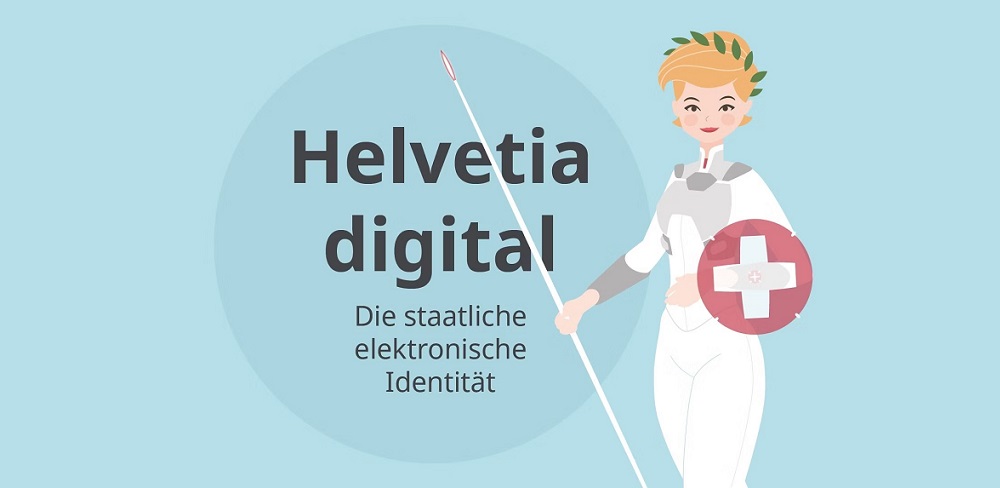
The Federal Council defined the principles regarding the technical implementation of the Confederation’s new electronic identity (e-ID), which is to take place in two stages. At the same time, the name of the trust infrastructure was also announced: the federal government’s digital wallet is to be known as SWIYU.
„The introduction of the new federal e-ID is currently planned for 2026. In order to meet this schedule, the federal government is already working on the technical implementation, which involves both developing the e-ID and creating the trust infrastructure necessary to operate it. At its meeting on 6 December, the Federal Council defined the principles for its technical implementation.” – according to the press release.
The public consultation on the technical implementation indicated that the new e-ID and the accompanying trust infrastructure should guarantee the protection of privacy and be appropriate for international use. In order to fulfil both objectives, various technologies are required. However, the FDJP’s extensive clarifications have shown that only one will be ready for use when the e-ID is introduced in 2026. Further development is required for additional solutions.
Technical solutions in development for enhanced data protection
The technical implementation of the e-ID and the necessary trust infrastructure will therefore take place in two stages. In the first stage, a highly secure trust infrastructure will be introduced. At the same time, work will be carried out on a solution that meets even higher privacy requirements. In particular, it should not be possible in future to attribute or trace uses of an e-ID to an individual. This quality should be realised as quickly as possible. To that end, CHF 1 million will be made available for research funding. Interested parties will be able to participate in the development of the solution.
The first stage will introduce a technology used by the European Union. At the same time, work will continue on developing additional solutions that could be used in a second stage to meet even higher privacy protection requirements, in particular the requirement that the various uses of the e-ID not be traceable to an individual.
The e-ID uses a range of measures to ensure strict data protection. For example, due to factors including decentralised data storage, the credentials are only available on the holder’s smartphone, where they are protected from unauthorised access. Users are also able to determine who they share their data with. This means that someone can use their e-ID to prove that they are over 18 without sharing their actual date of birth or even their name. Furthermore, third parties, such as businesses or public authorities, are not able to see when or where the e-ID has been used.
A public test environment has been in operation since March 2022, allowing federal and cantonal authorities and private individuals to gain initial experience with the federal government’s trust infrastructure before it goes live. Starting in the first quarter of 2025, the test environment will operate with the technology that is to be used in the first stage of the e-ID rollout. The source code of individual components of the new test environment has been published in an open source form and is therefore freely accessible and free of charge for anyone who is interested. More source code will follow.
The Confederation’s new electronic wallet is called SWIYU
For technical reasons, the future trust infrastructure needed a name now. The Confederation’s electronic wallet is called SWIYU. SWIYU is a specially created word combining SWI for Switzerland, I for the personal pronoun, identity and innovation, and YU for you and unity. Visit the e-ID project website to see the logo of the future app for storing and using the e-ID and other electronic credentials.
Banking 4.0 – „how was the experience for you”
„To be honest I think that Sinaia, your conference, is much better then Davos.”
Many more interesting quotes in the video below: